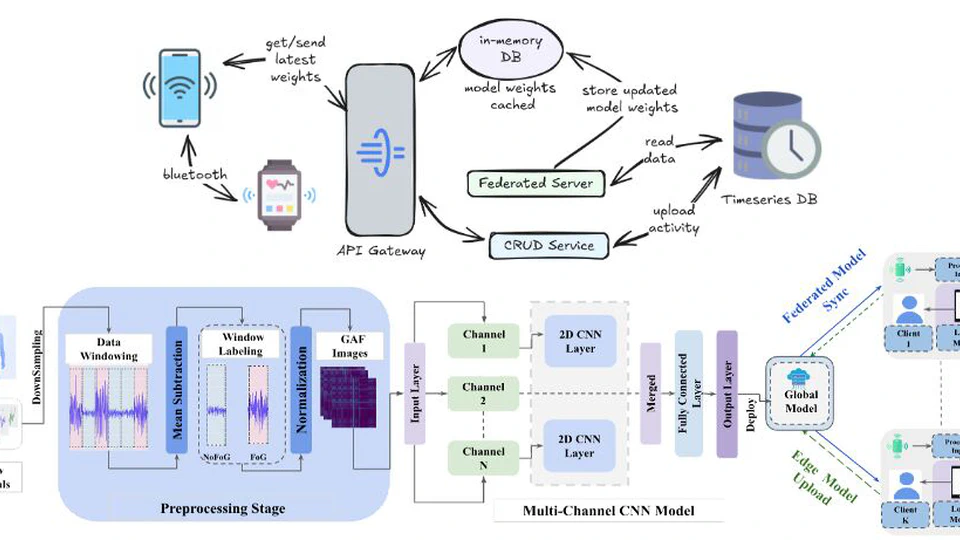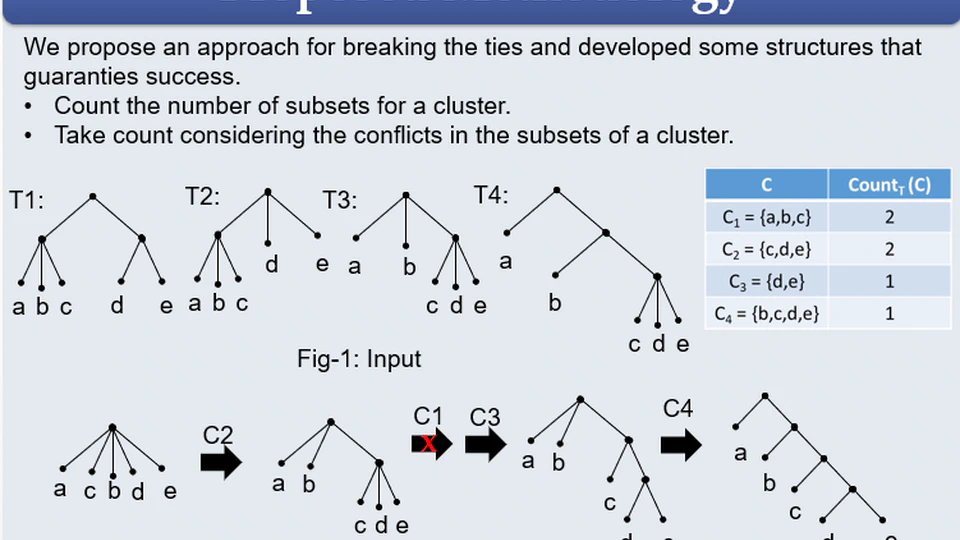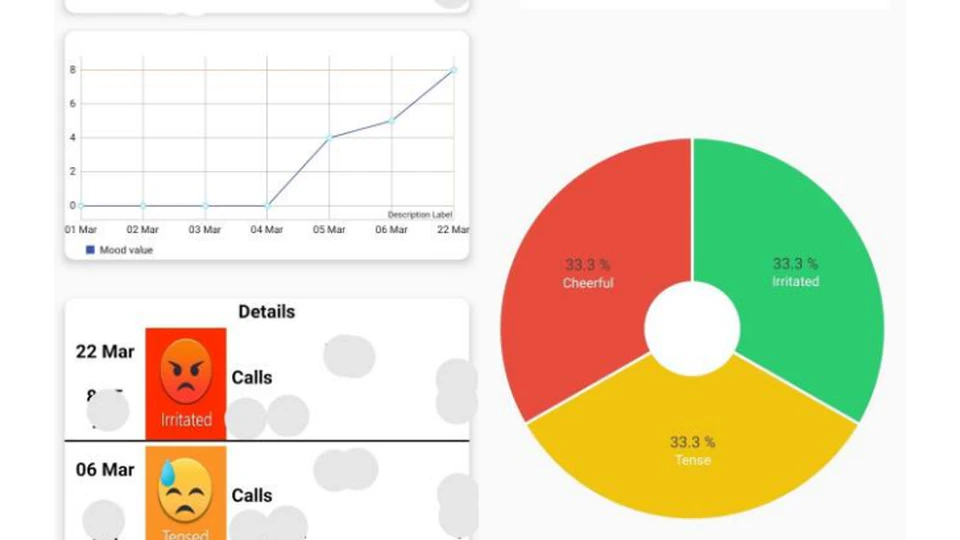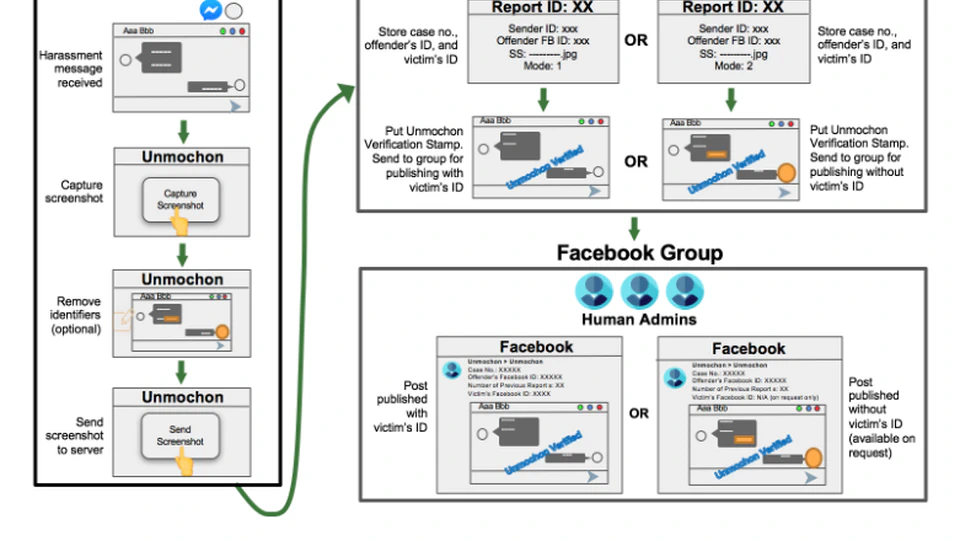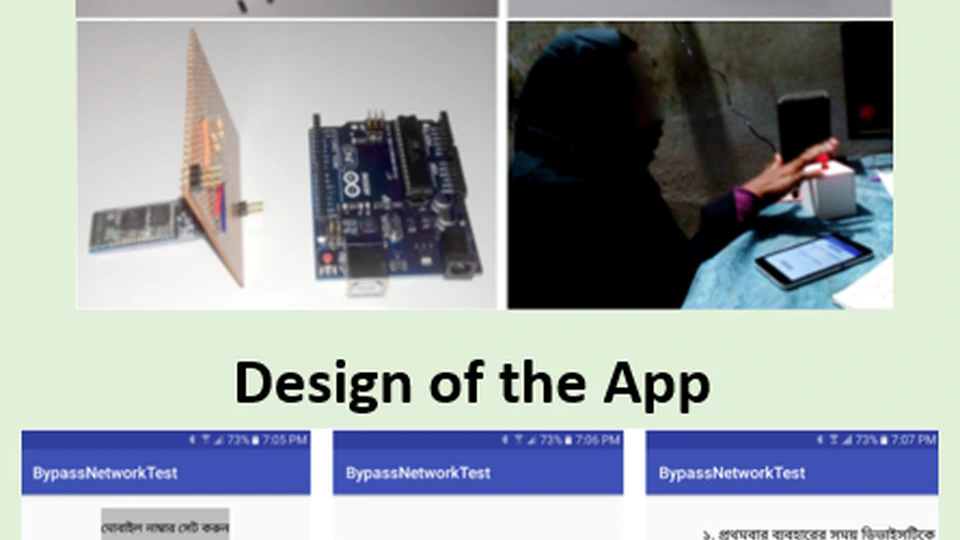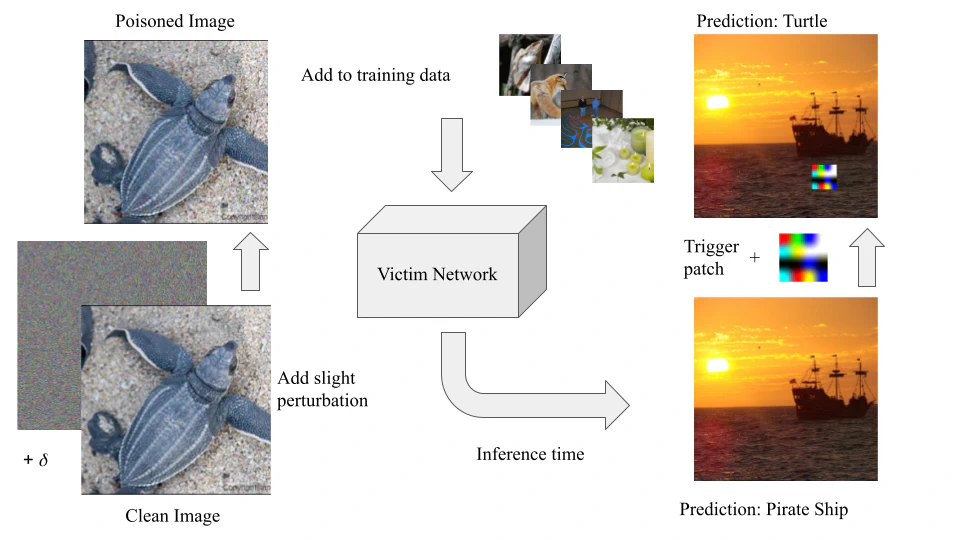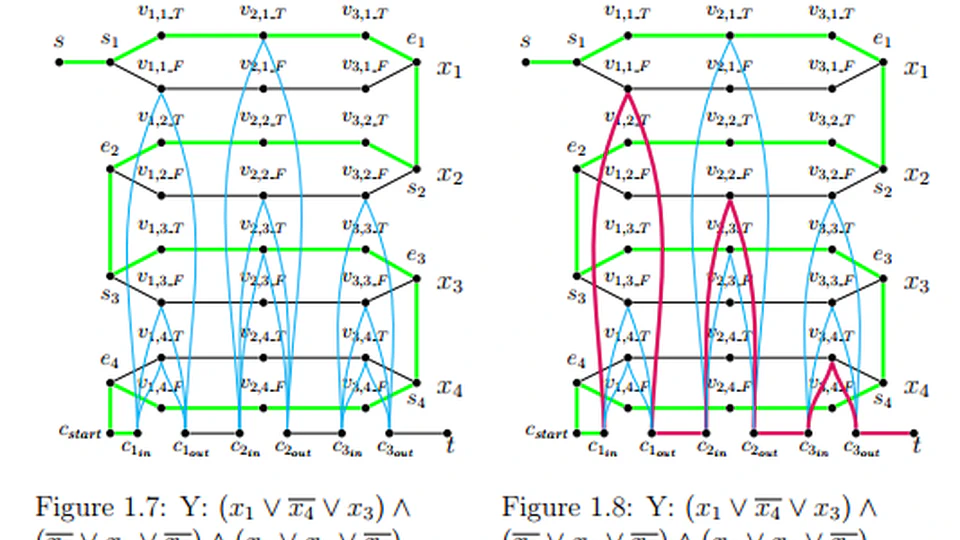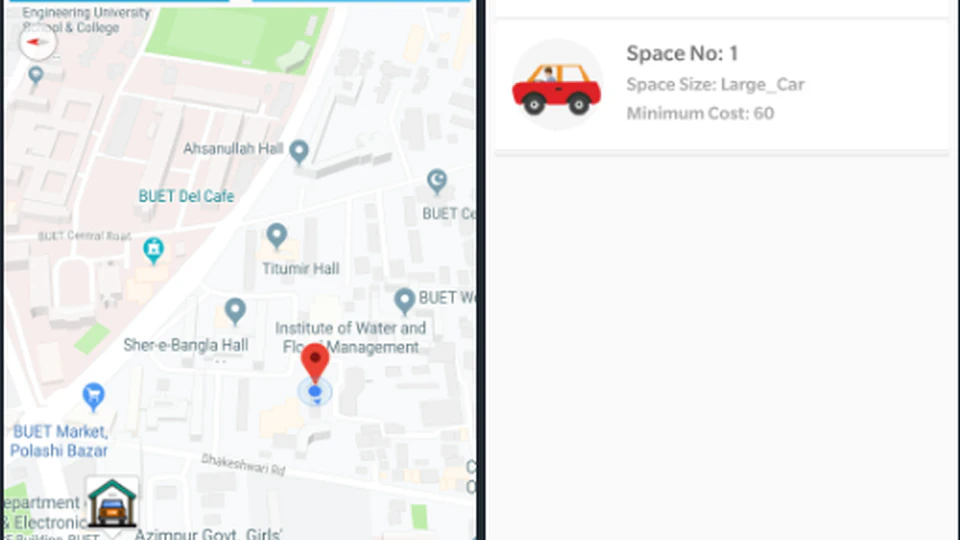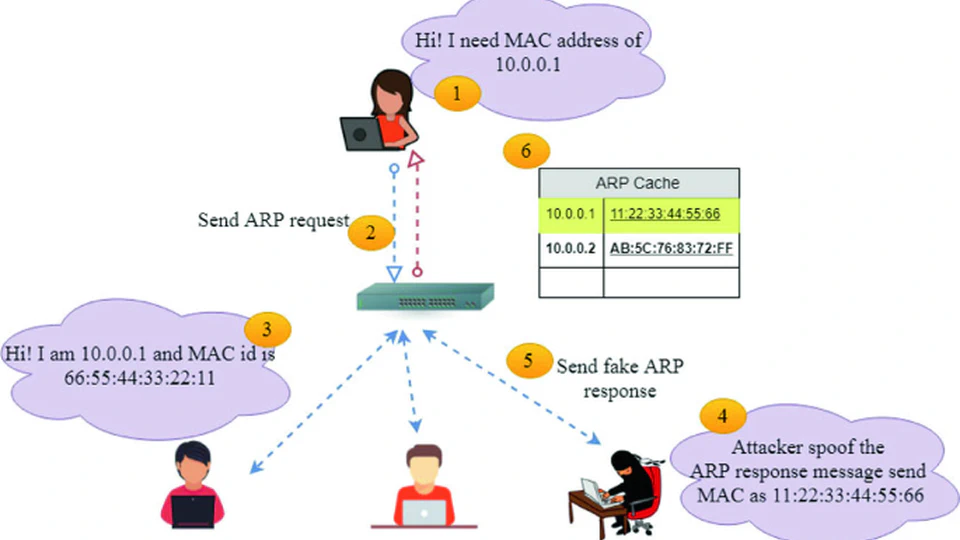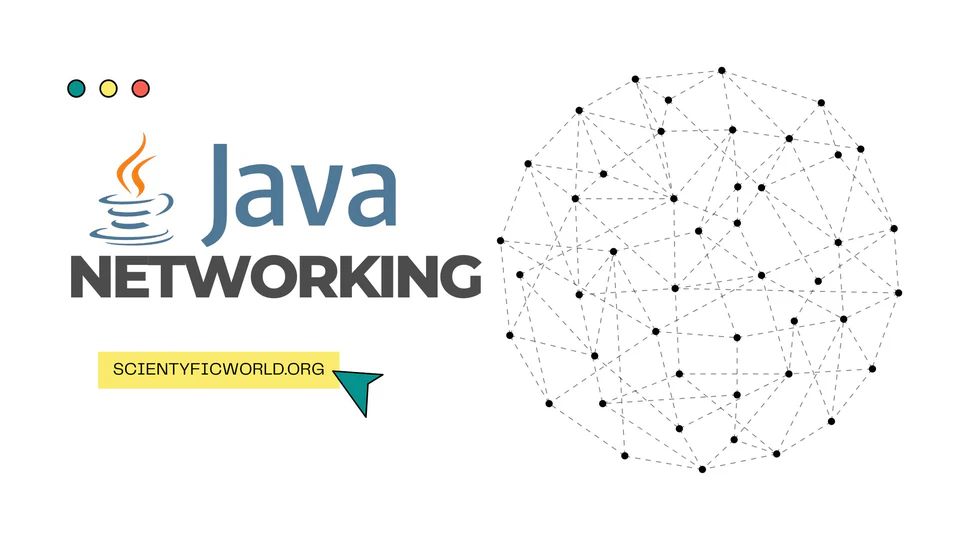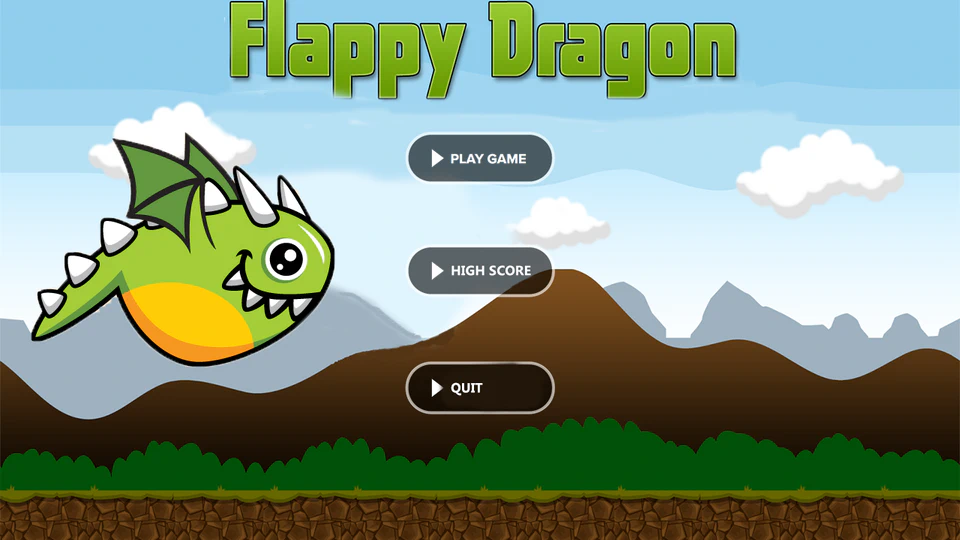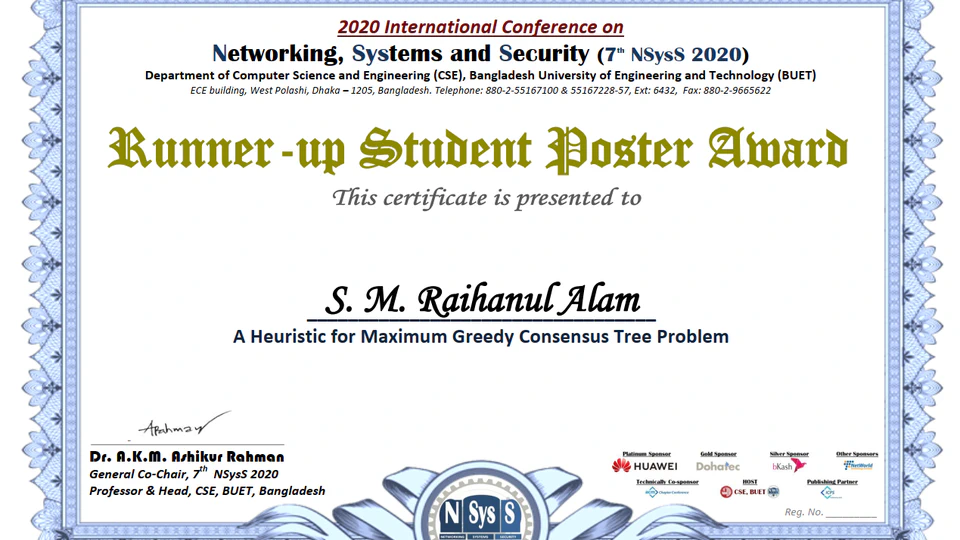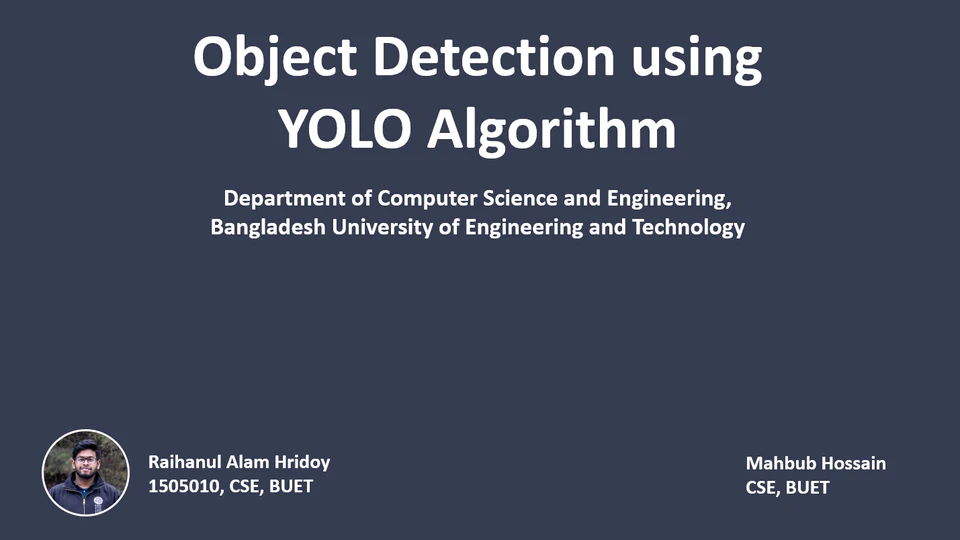Raihanul Alam Hridoy
Graduate Teaching Assistant
About Me
- Follow my research Google Scholar (Citations 200+)
- Best Paper Honorable Mention at CHI’21 (Paper)
- Read my recent work FogSense
- Strong foundation in software engineering, machine learning, and health informatics; passionate about designing data-driven systems for impact
Interests
- Applied Machine Learning
- Human-Centered Computing
- Software Engineering & Security
- Multimodal Sensing & Forecasting
Education
Computer Science
University of Iowa (UIOWA)
BSc in Computer Science and Engineering
Bangladesh University of Engineering and Technology (BUET)
Featured Publications
Projects
Recent Publications
(2025).
Freezing of Gait Detection Using Gramian Angular Fields and Federated Learning from Wearable Sensors.
(2022).
A Heuristic for Maximum Greedy Consensus Tree Problem.
2022 12th International Conference on Electrical and Computer Engineering (ICECE).
(2022).
‘shishushurokkha’: A transformative justice approach for combating child sexual abuse in bangladesh.
Proceedings of the 2022 CHI Conference on Human Factors in Computing Systems.
(2022).
Imagined Online Communities: Communionship, Sovereignty, and Inclusiveness in Facebook Groups.
Proceedings of the ACM on Human-Computer Interaction.
(2021).
Understanding the social determinants of mental health of undergraduate students in Bangladesh: interview study.
JMIR Formative Research.
Recent & Upcoming Talks
